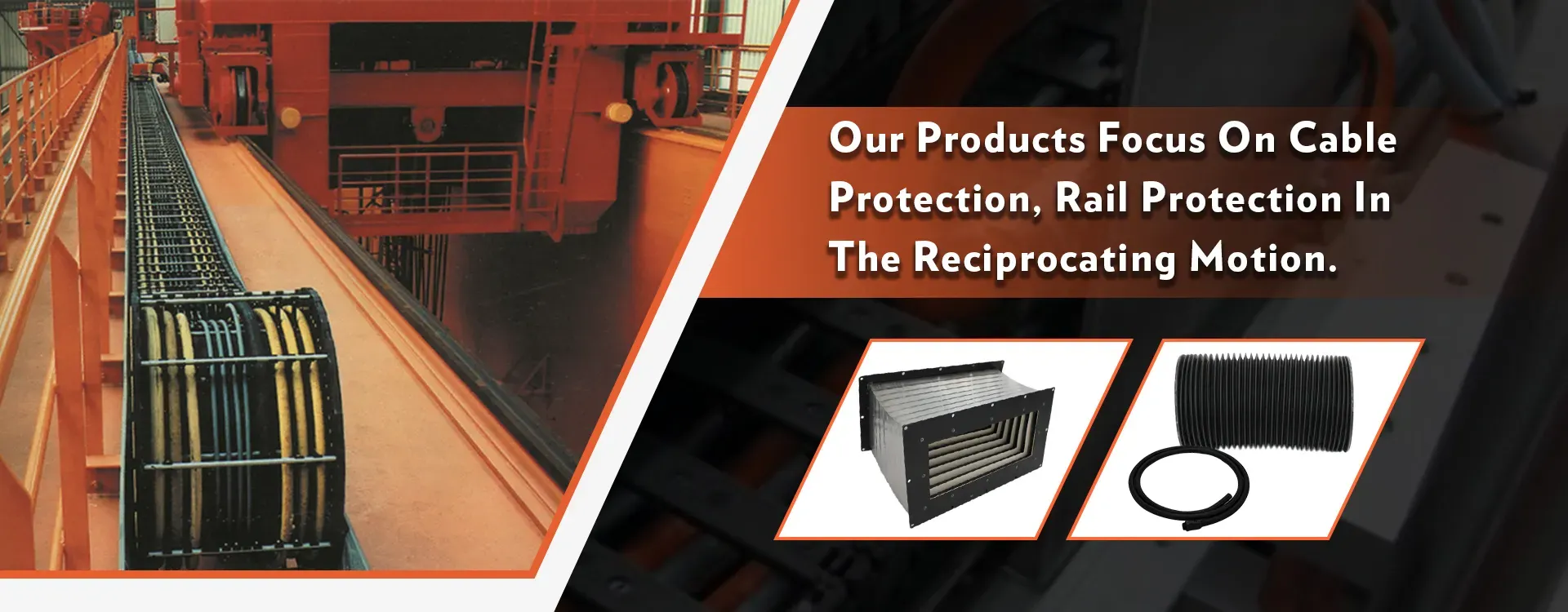Exploring Innovative Solutions for Efficient and Sustainable Cable Carrier Systems in Modern Infrastructure
Understanding Cable Carriers Essential Components in Modern Connectivity
In today's digital world, the need for efficient data transfer and communication has never been more critical. Cable carriers play a pivotal role in facilitating this connectivity, serving as the backbone for various telecommunications and data networks. But what exactly are cable carriers, and why are they so important?
A cable carrier, sometimes referred to as a cable management system, is a structure used to manage, support, and protect cables in numerous industrial and commercial applications. These cables can include power cables, data cables, and communication lines, which can span vast distances and must be organized meticulously to ensure operational efficiency and safety.
The Importance of Cable Carriers
1. Organization and Safety In complex environments where multiple cables are in use, such as data centers or manufacturing facilities, cable carriers provide a systematic way to organize these cables. By keeping cables from becoming tangled or damaged, they prevent potential hazards that could lead to equipment failure or safety risks.
2. Protection Beyond organization, cable carriers protect cables from harsh environmental conditions, mechanical stress, and other physical hazards. Utilizing sturdy materials like steel or reinforced plastics, these carriers can withstand impacts and resist wear and tear over time, thereby prolonging the lifespan of the cables they support.
3. Mobility and Flexibility Many modern cable carriers are designed with motion in mind. In applications where machinery moves or where equipment is frequently reconfigured, flexible cable carriers allow for the smooth movement of cables. This adaptability ensures that cable management does not become a limiting factor in operational design or functionality.
4. Efficiency With the increasing demand for high-speed data transmission, cable management solutions that optimize airflow and reduce signal interference are critical. Cable carriers are often designed to facilitate proper airflow around cables, which helps maintain optimal operating temperatures and enhances overall system performance.
cable carrier

Types of Cable Carriers
Cable carriers come in various forms, each suited to different applications. Some of the most common types include
- Drag Chain Systems Often used in CNC machines and automated equipment, these systems allow cables to move freely while providing stable support. They minimize wear and tear during motion. - Cable Trays Common in larger installations, cable trays are used to support multiple cables running along the same path. They can be adjusted or modified as needed to accommodate changing systems.
- Conduit Systems For external applications, conduit systems protect cables from environmental factors like moisture, UV radiation, and physical impacts.
Future Trends in Cable Management
As technology evolves and the internet of things (IoT) becomes more prevalent, the demand for efficient cable management will only increase. Innovations in materials and designs will lead to more lightweight, durable, and flexible cable carriers. Intelligent cable management solutions that integrate monitoring capabilities will also emerge, allowing for real-time tracking of cable performance and potential issues.
Conclusion
In the era of rapid technological advancement, cable carriers serve as unsung heroes that enhance the stability, efficiency, and safety of our interconnected systems. As we continue to rely on sophisticated networks for communication, data storage, and automation, the significance of effective cable management will only grow. Understanding cable carriers and their applications is essential for anyone involved in the design and maintenance of modern technological infrastructures.








